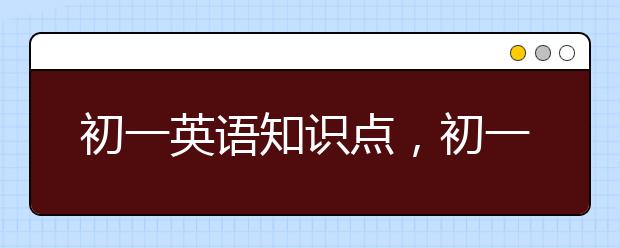
初一是中学生的启蒙阶段,而初一英语则是英语学习的基础阶段,因此迈好英语学习的第一步至关重要。那么,初一英语知知识点有哪些呢?
初一的语法知识包括:
主要掌握几种时态
1,一般现在时
2,一般过去时
3,一般将来时
4,现在进行时
还有几种词
1,名词
2,代词
3,形容词
4,动词
5,冠词
初一英语语语法
一、词法
1、名词
A)、名词的数
我们知道名词可以分为可数名词和不可数名词,而不可数名词它没有复数形式,但可数名词却有单数和复数之分,复数的构成如下:
一)在后面加s。如:fathers, books, Americans, Germans, apples, bananas
二)x, sh, ch, s, tch后加es。如:boxes, glasses, dresses, watches, wishes, faxes
三)1)以辅音字母加y结尾的变y为i再加es 如:baby-babies, family-families, duty-duties, comedy-comedies, documentary-documentaries, story-stories
2)以元音字母加y结尾的直接加s。如:day-days, boy-boys, toy-toys, key-keys, ways
四)以o结尾加s(外来词)。如:radios, photos, 但如是辅音加o的加es:如: tomatoes西红柿, potatoes马铃薯
五)以f或fe结尾的变f为v再加es(s)。如:knife-knives, wife-wives, half-halves, shelf-shelves, leaf-leaves, yourself-yourselves
六)单复数相同(不变的)有:fish, sheep, deer鹿子, Chinese, Japanese
七)一般只有复数,没有单数的有:people, pants, shorts, shoes, glasses, gloves, clothes, socks
八)单词形式不变,既可以是单数也可以是复数的有:police警察局,警察, class班,同学, family家,家庭成员
九)合成的复数一般只加主要名词,多数为后一个单词。如:action movie-action movies, pen pal-pen pals; 但如果是由man或woman所组成的合成词的复数则同时为复数。如:man doctor-men doctors, woman teacher-women teachers
十)有的单复数意思不同。如:fish鱼 fishes鱼的种类, paper纸 papers报纸,卷子,论文, work工作 works作品,工厂, glass玻璃 glasses玻璃杯,眼镜, orange桔子水 oranges橙子, light光线 lights灯, people人 peoples民族, time时间 times时代, 次数, chicken 鸡肉 chickens 小鸡
十一) 单个字母的复数可以有两种形式直接加s或’s。如:Is (I’s), Ks (K’s)。但如是缩略词则只加s。如:IDs, VCDs, SARs
十二) 特殊形式的有:child-children, man-men, woman-women, foot-feet, mouse-mice, policeman-policemen, Englishman-Englishmen
B)名词的格
当我们要表示某人的什么东西或人时,我们就要使用所有格形式。构成如下:
一)单数在后面加’s。如:brother’s, Mike’s, teacher’s
二)复数以s结尾的直接在s后加’,如果不是以s结尾的与单数一样处理。如:Teachers’ Day教师节, clas*ates’; Children’s Day六一节, Women’s Day三八节
三)由and并列的名词所有时,如果是共同所有同一人或物时,只加最后一个’s,但分别拥有时却分别按单数形式处理。如:Mike and Ben’s room迈克和本的房间(共住一间),Mike’s and Ben’s rooms迈克和本的房间(各自的房间)
2、代词
项目 人称代词 物主代词 指示代词反身代词
人称 主格 宾格 形容词 名词性
第一人称 单数 I me my mine myself
复数 we us our ours ourselves
第二人称 单数 you you your yours yourself
复数 you you your yours yourselves
第三人称 单数 she her her hers herself
he him his his himself
it it its its this that itself
复数 they them their theirs these those themselves
3、动词
A) 第三人称单数
当动词是第三人称单数时,动词应该像名词的单数变动词那样加s,如下:
一)一般在词后加s。如:comes, spells, waits, talks, sees, dances, trains
二)在x, sh, ch, s, tch后加es。如:watches, washes, wishes, finishes
三)1)以辅音字母加y结尾的变y为i再加es。如:study-studies, hurry-hurries, try-tries
2)以元音字母加y结尾的直接加s。如:plays, says, stays, enjoys, buys
四)以o结尾加es。如:does, goes
五)特殊的有:are-is, have-has
B) 现在分词
当我们说某人正在做什么事时,动词要使用分词形式,不能用原形,构成如下:
一)一般在后加ing。如:spell-spelling, sing-singing, see-seeing, train-training, play-playing, hurry-hurrying, watch-watching, go-going, do-doing
二)以不发音e的结尾的去掉e再加ing。如:dance-dancing, wake-waking, take-taking, practice-practicing, write-writing, have-having
三)以重读闭音节结尾且一个元音字母+一个辅音字母(注意除开字母组合如show –showing, draw-drawing)要双写最后的辅音字母再加ing。如:put-putting, run-running, get-getting, let-letting, begin-beginning
四)以ie结尾的变ie为y再加ing。如:tie-tying系 die-dying死 lie-lying 位于
4、形容词的级
我们在对两个或以上的人或物进行对比时,则要使用比较或最高级形式。构成如下:
一) 一般在词后加er或est(如果是以e结尾则直接加r或st)。如:greater-greatest, shorter –shortest, taller –tallest, longer –longest, nicer- nicest, larger -largest
二)以重读闭音节结尾且1个元音字母+1个辅音字母(字母组合除外,如few-fewer fewest)结尾的双写结尾的辅音再加er /est。如:big-bigger biggest, red-redder reddest, hot-hotter hottest
三) 以辅音字母+y结尾的变y为i加er/est。如:happy-happier happiest, sorry-sorrier sorriest, friendly-friendlier friendliest(more friendly most friendly), busy-busier busiest, easy-easier easiest
四)特殊情况:(两好多坏,一少老远)
good/well - better best many/much - more most bad/ill – worse worst
little- less least old- older/elder oldest/eldest far- farther/further farthest/furthest
5、数词 (基变序,有规则;一、二、三,自己背;五、八、九、十二;其它后接th;y结尾,变为i, eth跟上去。) first, second, third; fifth, eighth, ninth, twelfth; seventh, tenth, thirteenth, hundredth; twenty-twentieth, forty-fortieth, ninety-ninetieth
二、句式
1.陈述句
肯定陈述句 a) This is a book. (be动词)
b) He looks very young. (连系动词)
c) I want a sweat like this. (实义动词)
d) I can bring some things to school. (情态动词)
e) There’s a computer on my desk. (There be结构)
否定陈述句 a) These aren’t their books. b) They don’t look nice.
c) Kate doesn’t go to No. 4 Middle School. d) Kate can’t find her doll.
e) There isn’t a cat here. (=There’s no cat here.)
2. 祈使句
肯定祈使句 a) Please go and ask the man. b) Let’s learn English!
c) Come in, please.
否定祈使句a) Don’t be late. b) Don’t hurry.
3. 疑问句
1) 一般疑问句 a) Is Jim a student? b) Can I help you? c) Does she like salad?
d) Do they watch TV? e) Is she reading?
肯定回答: a) Yes, he is. b) Yes, you can. c) Yes, she does. d) Yes, they do. e) Yes, she is.
否定回答: a) No, he isn’t. b) No, you can’t. c) No, she doesn’t. d) No, they don’t. e) No, she isn’t.
2) 选择疑问句 Is the table big or *all? 回答 It’s big./ It’s *all.
3) 特殊疑问句
① 问年龄 How old is Lucy? She is twelve.
② 问种类 What kind of movies do you like? I like action movies and comedies.
③ 问身体状况 How is your uncle? He is well/fine.
④ 问方式 How do/can you spell it? L-double O-K.
How do we contact you? My e-mail address is cindyjones@163.com.
⑤ 问原因 Why do you want to join the club?
⑥ 问时间 What’s the time? (=What time is it?) It’s a quarter to ten a.m..
What time do you usually get up, Rick? At five o’clock.
When do you want to go? Let’s go at 7:00.
⑦ 问地方 Where’s my backpack? It’s under the table.
⑧ 问颜色 What color are they? They are light blue.
What’s your favourite color? It’s black.
⑨ 问人物 Who’s that? It’s my sister.
Who is the boy in blue? My brother.
Who isn’t at school? Peter and Emma.
Who are Lisa and Tim talking to?
⑩ 问东西 What’s this/that (in English)? It’s a pencil case.
What else can you see in the picture? I can see some broccoli, strawberries and hamburgers.
11问姓名 What’s your aunt’s name? Her name is Helen./She’s Helen.
What’s your first name? My first name’s Ben.
What’s your family name? My family name’s Smith.
12 问哪一个 Which do you like? I like one in the box.
13 问字母 What letter is it? It’s big D/*all f.
14 问价格 How much are these pants? They’re 15 dollars.
15 问*号码 What’s your phone number? It’s 576-8349.
16 问谓语(动作) What’s he doing? He’s watching TV.
17 问职业(身份) What do you do? I’m a teacher.
What’s your father? He’s a doctor.
三、时态
1、一般现在时 表示普遍、经常性的或长期性的动作时使用一般现在时,它有:
Be 动词:She’s a worker. Is she a worker? She isn’t a worker.
情态动词:I can play the piano. Can you play the piano? I can’t play the piano.
行为动词:They want to eat some tomatoes. Do they want to eat any tomatoes? They don’t want to eat any tomatoes.
Gina has a nice watch. Does Gina have a nice watch? Gina doesn’t have a watch.
2、现在进行时 表示动词在此时正在发生或进行就使用进行时态,结构为sb be v-ing sth + 其它.
I’m playing baseball. Are you playing baseball? I’m not playing baseball.
Nancy is writing a letter. Is Nancy writing a letter? Nancy isn’t writing a letter.
They’re listening to the pop music. Are they listening the pop music? They aren’t listening to the pop music.
学英语是一个循序渐进的过程,不能急于一时。如果你下决心学好英语,就要从点滴做起,改变自己,背单词的时间以及习惯都要调整,心理也要完全接受,而不是得过且过。加油,祝好!
专注教育专注中小学*补课,全国领先的*补习平台,诚聘全国各地重点学校名师,孩子成绩不理想,随时欢迎咨询。
以上就是大学路为大家带来的初一英语知识点,初一英语重点知识归纳,希望能帮助到广大考生!
 全面禁止课外辅导机构?别误解了,要整顿的是这类培训班
全面禁止课外辅导机构?别误解了,要整顿的是这类培训班
现在的家长压力普遍很大,在升学的压力下不得不把孩子送去各类的辅导机构。为此,有家长呼吁:要全面禁止课
2021年08月03日 11:56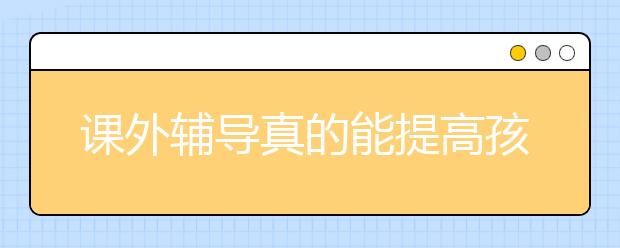 课外辅导真的能提高孩子高考成绩吗?
课外辅导真的能提高孩子高考成绩吗?
课外报班,每个家长心里都有自己的想法:“我家孩子数学不行,是不是得补补啊?”又或是“别的孩子都报辅导
2019年11月11日 22:18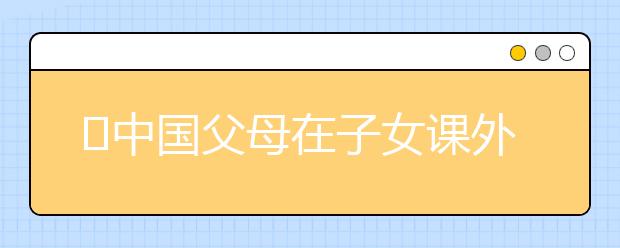 中国父母在子女课外辅导上花了多少钱
中国父母在子女课外辅导上花了多少钱
课外辅导是一种较为常见的课外学习活动,也是一种组织化的校外活动形式。特别是在中国的基础教育阶段,学校
2019年11月11日 22:19 全面禁止课外辅导机构,你支持吗?
全面禁止课外辅导机构,你支持吗?
有人说,校外培训机构是校内教育的完善和补充,然而也造成学生更多的学习压力和家长们的经济负担。社会上一
2019年11月11日 22:13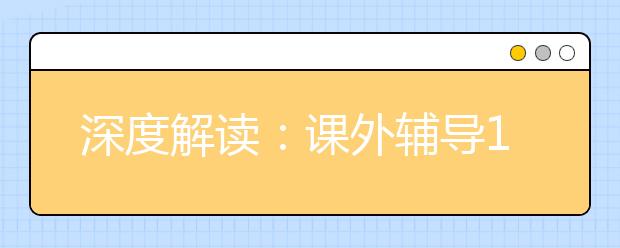 深度解读:课外辅导1对1,在线课,小班课,大班课,家长该如何选择?
深度解读:课外辅导1对1,在线课,小班课,大班课,家长该如何选择?
其实这是一个系统性问题,家长由于大部分只有一个孩子,经验非常有限,也不做教育方面的研究,所以很多时候
2019年11月11日 22:08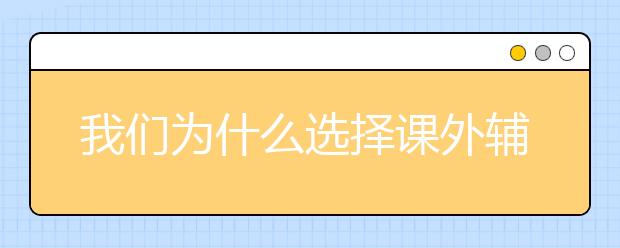 我们为什么选择课外辅导?
我们为什么选择课外辅导?
教育培训行业,在我的认知里是从2010年1月29日开始的。那时我刚刚进入新东方天津学校。面试、试讲、
2019年11月11日 22:00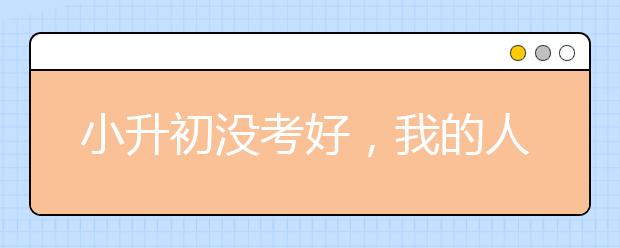 小升初没考好,我的人生好像完蛋了
小升初没考好,我的人生好像完蛋了
打开大学录取通知书,是高考考生们梦想成真的瞬间。同样的,在大洋彼岸的小岛国新加坡,每一年也有一群又一
2019年11月12日 13:14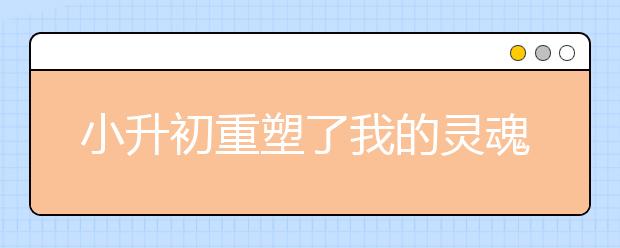 小升初重塑了我的灵魂,还有肉体
小升初重塑了我的灵魂,还有肉体
不经历一次小升初,我还以为九年义务教育没我啥事。小升初让我明白,家长需要经历的最严峻的义务可能来了,
2019年11月12日 13:05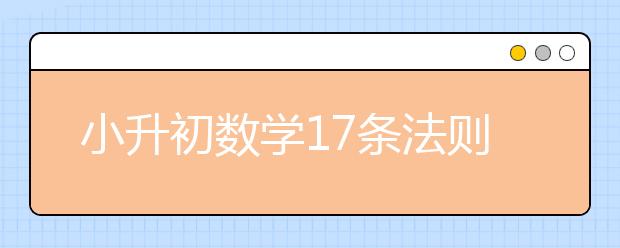 小升初数学17条法则,做题一定会用到!
小升初数学17条法则,做题一定会用到!
有很多家长们反应说,不知道为什么孩子对一些数学法则总是张冠李戴很是让人头疼,总是感觉是因为太调皮,所
2019年11月12日 13:02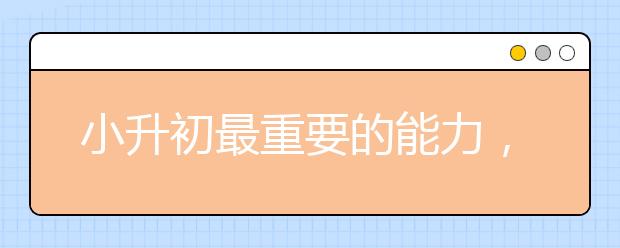 小升初最重要的能力,现在开始准备一点也不晚!
小升初最重要的能力,现在开始准备一点也不晚!
今日寄语"让孩子爱上阅读,必将成为你这一生最划算的教育投资"——毕淑敏前段时间看
2019年11月12日 12:59
教育部:推动有条件的地方优化学前教育班额和生师比
时间:2024年11月12日
教育部:严格幼儿园教师资质条件,把好教师入口关
时间:2024年11月12日
教育部:教职工存在师德师风问题、侵害幼儿权益要依法严肃追究责任
时间:2024年11月12日
教育部:教师存在师德师风问题,损害幼儿身心健康的,要依法追究责任
时间:2024年11月12日
教育部:2023年全国普惠性幼儿园覆盖率达90.8%
时间:2024年11月12日
2019英语六级考试复习用的什么资料 英语六级考试时间是几点到几点
时间:2024年06月08日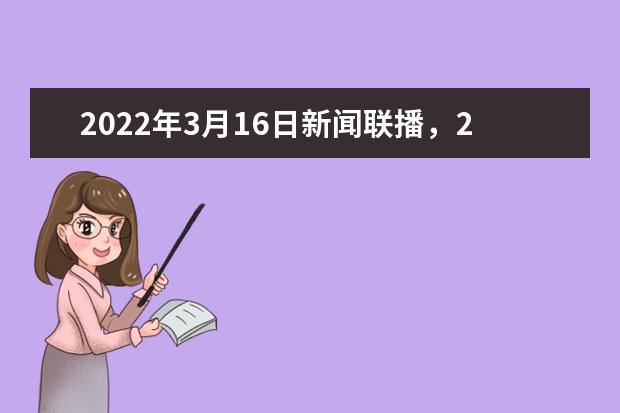
2021年3月16日以后从北京到辽宁朝阳还需要核酸检测吗 2021年3月16号离京用不用做核酸检测
时间:2024年06月08日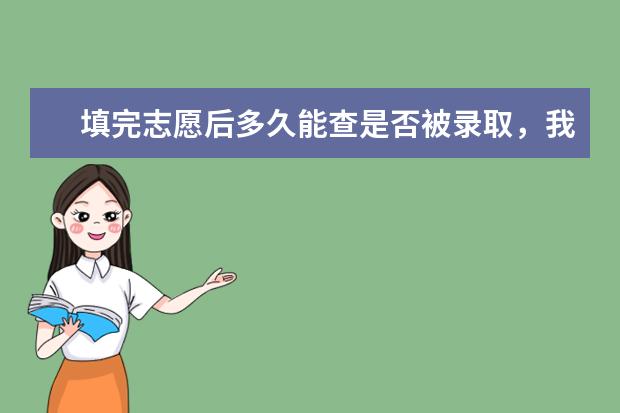
我昨天报好了志愿多久可以查看自己是否被录取呢 志愿填报后几天能知道被录取
时间:2024年06月08日
广东有那些高校录取线是在二批A线的 各省录取分数线一样吗
时间:2024年06月08日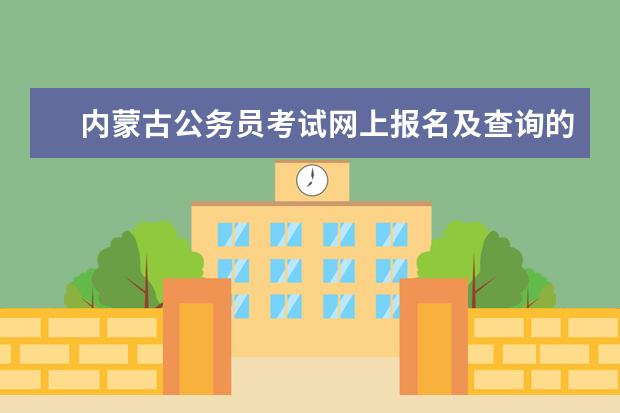
内蒙古公务员考试网上报名及查询的具体步骤
时间:2024年06月08日